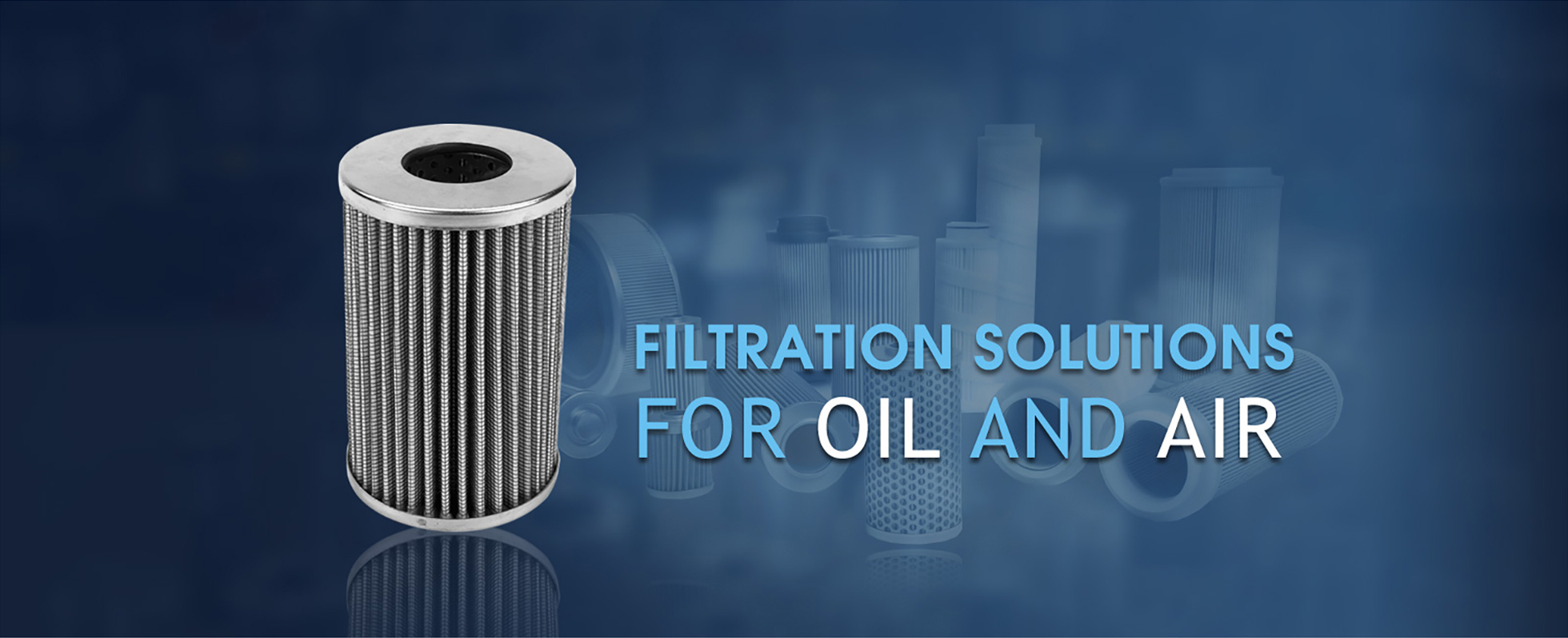
Oct . 05, 2024 15:34 Back to list
deep groove bearing axial load
Deep Groove Bearings and Axial Load An Overview
Deep groove bearings are among the most commonly used bearings in various industrial applications due to their versatility and reliability. These bearings are characterized by their simple design, where the raceway grooves are deep enough to accommodate both radial and axial loads, making them ideal for a range of mechanical systems. Understanding how deep groove bearings handle axial loads is crucial for engineers and designers looking to optimize machinery performance and durability.
Structure and Functionality
Deep groove ball bearings consist of an inner ring, an outer ring, a cage, and a set of balls. The design features deep raceway grooves that allow the balls to maintain contact with both the inner and outer rings at a wide range of angular positions. This structure not only facilitates radial load support but also permits the bearing to withstand axial loads that act parallel to the shaft.
When axial loads are applied, deep groove bearings respond by transferring the load through the balls to the raceway surfaces. The contact angle between the balls and the raceways changes depending on the load applied. Under purely radial load conditions, the contact angle is minimal; however, as axial load is introduced, the contact angle increases, increasing the friction and affecting the overall performance.
Load Capacity and Limitations
The axial load capacity of a deep groove bearing is determined by several factors, including the bearing's design, size, and material. Larger bearings typically have a higher load capacity due to their increased surface area, allowing for better distribution of forces. Material choice, such as steel or ceramic, can also influence the bearing's ability to withstand loads and resist wear.
deep groove bearing axial load

Despite their versatility, deep groove bearings have limitations when it comes to axial load handling. While they can support moderate axial loads, when subjected to high axial forces, they may not perform optimally. In such cases, specialized bearings or additional design modifications may be necessary, such as the incorporation of thrust bearings or the use of angled contact ball bearings, which are specifically designed to handle higher axial loads.
Applications of Deep Groove Bearings
Deep groove bearings are used extensively in various applications across different industries. These include electric motors, automotive systems, robotics, and home appliances. Their ability to handle both radial and axial loads makes them particularly suitable for applications where space is limited and efficiency is crucial.
For instance, in the automotive industry, deep groove bearings are commonly found in wheel hubs, where they support both radial and axial loads resulting from driving forces and cornering actions. Additionally, they are used in electric motors to minimize vibration and noise while ensuring smooth operation, thus enhancing overall performance.
Conclusion
Deep groove bearings play a vital role in modern machinery by providing reliable support for both radial and axial loads. Their simple yet effective design makes them a popular choice for a wide array of applications. However, it is essential for engineers to consider the specific load conditions when selecting bearings for a particular application, as excessive axial loads may compromise their function. As industries continue to evolve and demand higher performance standards, ongoing research and development in bearing technology will further enhance the capabilities of deep groove bearings, ensuring their relevance in future applications. Understanding the interplay between axial loads and bearing design is crucial for achieving optimal performance and longevity in mechanical systems.
Latest news
-
Grooved Ball Bearing Design and Functionality
NewsJun.04,2025
-
Concrete Mixer Bearing Load Capacity Testing
NewsJun.04,2025
-
6004 Bearing Dimensions in Robotic Joint Designs
NewsJun.04,2025
-
Advantages of Single-Row Deep Groove Ball Bearings
NewsJun.04,2025
-
Applications of Deep Groove Ball Bearings in Automotive Systems
NewsJun.04,2025
-
Innovations in Bearing Pressing Machine Design
NewsJun.04,2025
